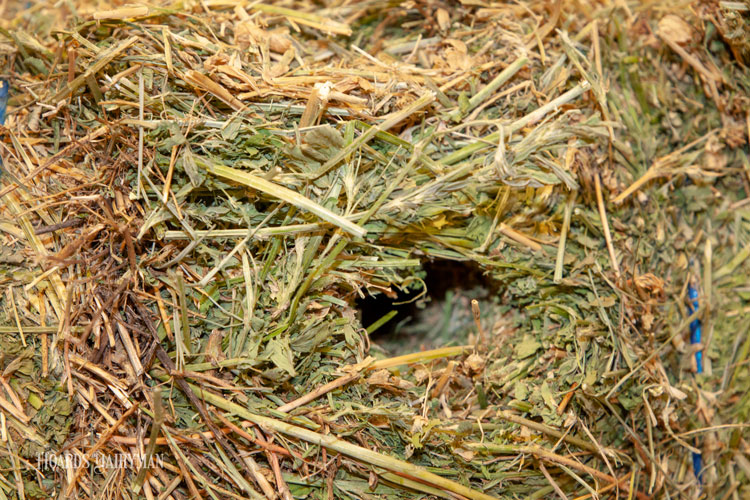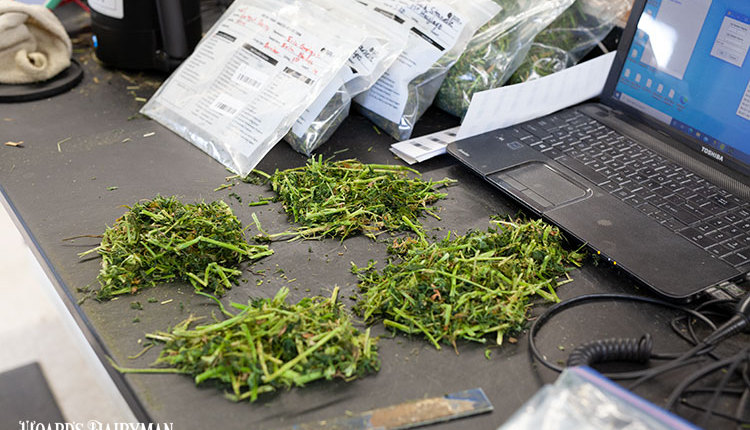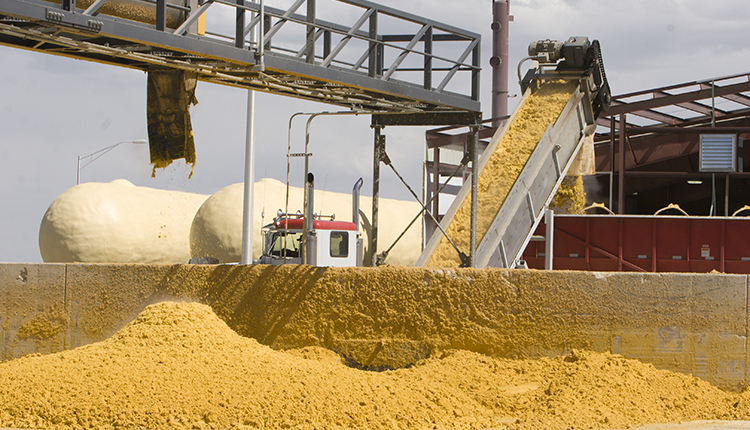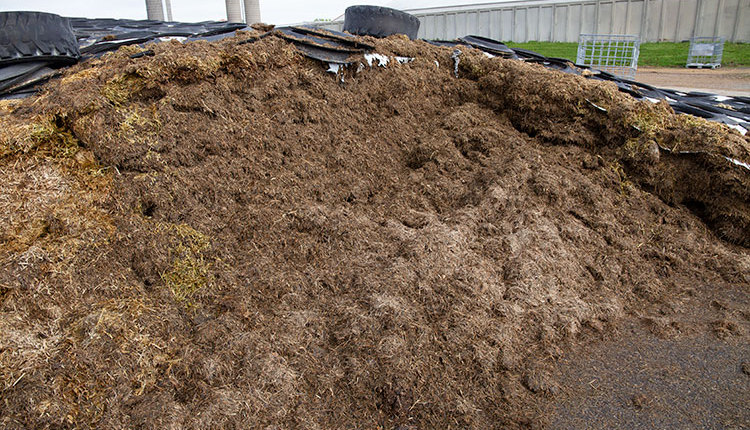
Gambling is not something that successful business managers engage in routinely. Thoughtful managers will evaluate available information and make decisions that weigh the risks associated with various outcomes.
Taking feed samples without forethought and planning is a bit like rolling dice. You may come up with a positive outcome, or you may not. The worst part is not knowing whether the information gained from laboratory testing is good or bad. Samples not consistently representative of the source material may lead to lab analyses that sow chaos and doubt.
The following are a few key items to consider in planning the feed sampling process on the farm.
Strategy: Develop an overall strategy for analyzing feeds with your nutritional adviser. Proactive nutritional programs work to characterize feeds on an ongoing basis. Taking samples only when the cows are not performing well or there may be a change in quality is not a productive strategy.
Consistent: A key objective in sampling feeds is to understand the underlying nutritional variation in a feed source. This requires consistent sampling over time. Routine sampling of feeds creates a baseline that allows for recognizing change when it occurs. When analysis results come back showing little change, it does not mean that your investment is wasted.
Science: Sampling is a science and should be engaged with study and planning. There are general guidelines for taking a good sample. Still, each sampling circumstance presents different challenges and requires a crafted approach. The objective is to generate a sample that is fully representative of the material that is being tested.
Right-sized: Do not send too large of a sample to the laboratory and expect them to invest extra time to subsample. When the laboratory is processing hundreds of samples in a day, that becomes a problem. Some laboratories will subsample large samples for a fee if requested.
Representative: Be careful not to allow personal bias to impact the sampling process. Do not just sample the good material or overrepresent problematic material. Realize that sampling can be done in a manner that reflects what we want to prove and then is not representative.
Subsamples: A critical concept of sampling is to maximize the number of subsamples taken to create the “test portion” sent to the lab. As an example, pull a number of subsamples from the feed source and mix well. However, from that mixed sample, take multiple portions to send to the lab, not just one portion from the pile. The same concept applies to coring hay samples. The more core samples taken from the lot, the more likely the lab result will reflect the actual lot nutrient composition.
Range: Recognize that there is no such thing as an exact or perfect analysis result. When a sample is taken and evaluated in the laboratory, it is an effort to generate a result that is as close to the “true” value as possible. When a sample of feed material is run through the lab, it is a process that, when performed well, will generate a result that is as close to the “true” value as possible. Laboratory results are better understood as a value that is within a range of results.
Multiple tests: Do not rely on a single sample of a key forage to define major diet decisions. Build ration nutrient inputs based on an average of several sampling events over time. This approach will provide an opportunity to recognize and work around a sample result that is not consistent with expectations.
Feeds are a primary input to the process of generating milk profitably. Understanding feed quality and consistency is critical and can only be accomplished through a thought-out and planned approach to sampling and lab analysis. Don’t roll the dice on this crucial process!








